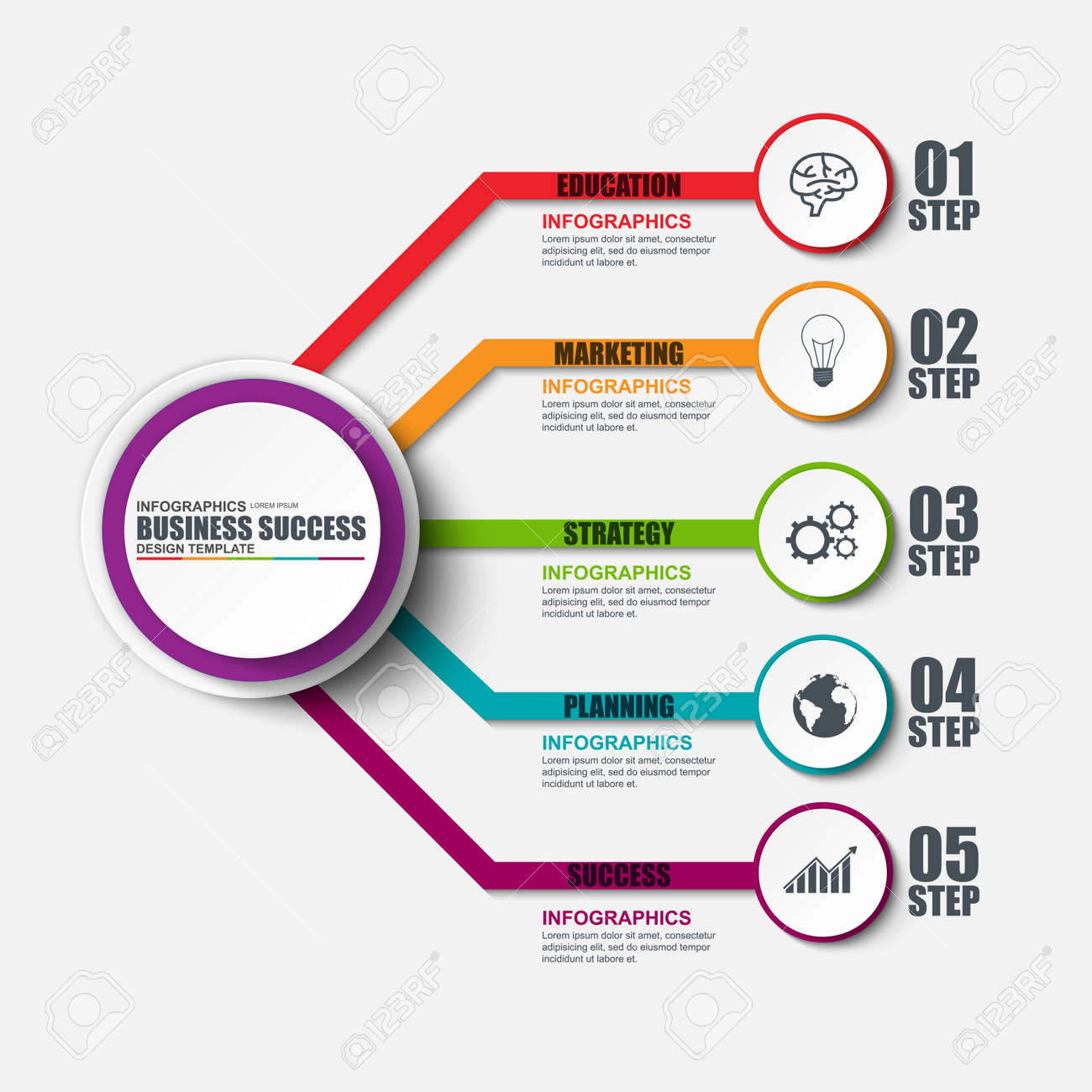Boost Your Site'S Individual Experience And Pursue Layout Quality With Our User-Friendly And Useful Suggestions And Methods
Boost Your Site'S Individual Experience And Pursue Layout Quality With Our User-Friendly And Useful Suggestions And Methods
Blog Article
Writer-Hammer Raun
Master the art of web design by concentrating on individual experience. Craft intuitive navigation and opt for mobile optimization to improve the searching experience. https://www.forbes.com/sites/forbesbusinesscouncil/2022/03/11/the-power-of-first-impressions-a-marketing-strategy-that-optimizes-search-for-a-transformed-digital-landscape/ navigating with clear headings and appealing visuals. Prioritize mobile responsiveness for a constant user experience. By integrating these vital design concepts, you can develop an easy to use site that mesmerizes site visitors.
Essential Design Principles
When developing a site, prioritize customer experience most of all else. Your primary objective ought to be to create a smooth and delightful experience for your site visitors. Start by making sure that your web site is easy to browse. Use clear headings, organized food selections, and intuitive buttons to direct customers through your content easily. Bear in mind, simpleness is key. Avoid littering your web pages with unnecessary aspects that can bewilder or puzzle your target market.
An additional vital style principle is to make sure your site is aesthetically enticing. Pick a natural color pattern, premium photos, and legible font styles to enhance the general look of your website. Consistency is vital in establishing a strong brand name identification and making your website a lot more unforgettable to users.
Furthermore, prioritize mobile responsiveness. With more people browsing the internet on their smartphones and tablet computers, it's essential that your site looks and works well on all devices. Test your site on various display dimensions to ensure a seamless experience for all users. By focusing on these crucial layout principles, you can create a straightforward site that keeps visitors returning for more.
User-Focused Navigation
To boost individual involvement and streamline their surfing experience, focus on creating user-friendly navigation paths that assist visitors effortlessly via your website. Clear and efficient navigation is important for assisting customers find the information they require rapidly and effectively. Beginning by keeping your menu framework easy and understandable. Use detailed tags that plainly indicate what material can be located under each menu alternative. Additionally, think about carrying out dropdown food selections for subcategories to avoid congestion the primary navigating bar.
Another essential element of user-focused navigation is making use of breadcrumbs. Breadcrumbs are a second navigating help that reveals users their existing area on the web site and allows them to conveniently browse back to previous pages. This function is specifically helpful for individuals that enter your website with a deep link or an online search engine outcome.
In addition, incorporating search functionality prominently on your site can additionally improve individual navigation. A search bar enables individuals to rapidly discover particular content without needing to click with several web pages. Make sure that your search bar is easily noticeable and easily accessible on every page of your website for maximum functionality. By focusing on user-focused navigating approaches, you can produce an extra intuitive and pleasurable browsing experience for your site visitors.
Mobile Optimization Techniques
Take into consideration maximizing your site for smart phones to make certain a seamless individual experience across various display sizes. Mobile optimization is important in today's digital landscape where a significant section of internet surfing occurs on smartphones and tablet computers.
To enhance mobile functionality, start by applying receptive layout methods. This approach permits your web site to adapt to numerous screen dimensions, maintaining functionality and appearances.
Concentrate on maximizing loading times for mobile individuals. Slow-loading websites can hinder site visitors and impact your search engine positions. Press images, decrease HTTP requests, and utilize web browser caching to improve packing speed. In addition, focus on material pecking order for mobile screens. Ensure that crucial information is prominently displayed, and navigating is user-friendly, advertising very easy access to crucial areas.
Utilize touch-friendly aspects such as larger buttons and streamlined kinds to promote interaction on smart phones. Conduct comprehensive screening throughout different mobile systems to identify and remedy any kind of functionality problems.
Final thought
Finally, mastering the art of web design is important for creating an user-friendly site. By including essential style principles, user-focused navigation, and mobile optimization techniques, you can make sure a smooth and delightful experience for your site visitors.
For instance, a neighborhood bakeshop saw a 30% rise in online orders after revamping their internet site to be extra straightforward and mobile-responsive. Bear in mind, a properly designed site can make all the difference in bring in and keeping clients.
